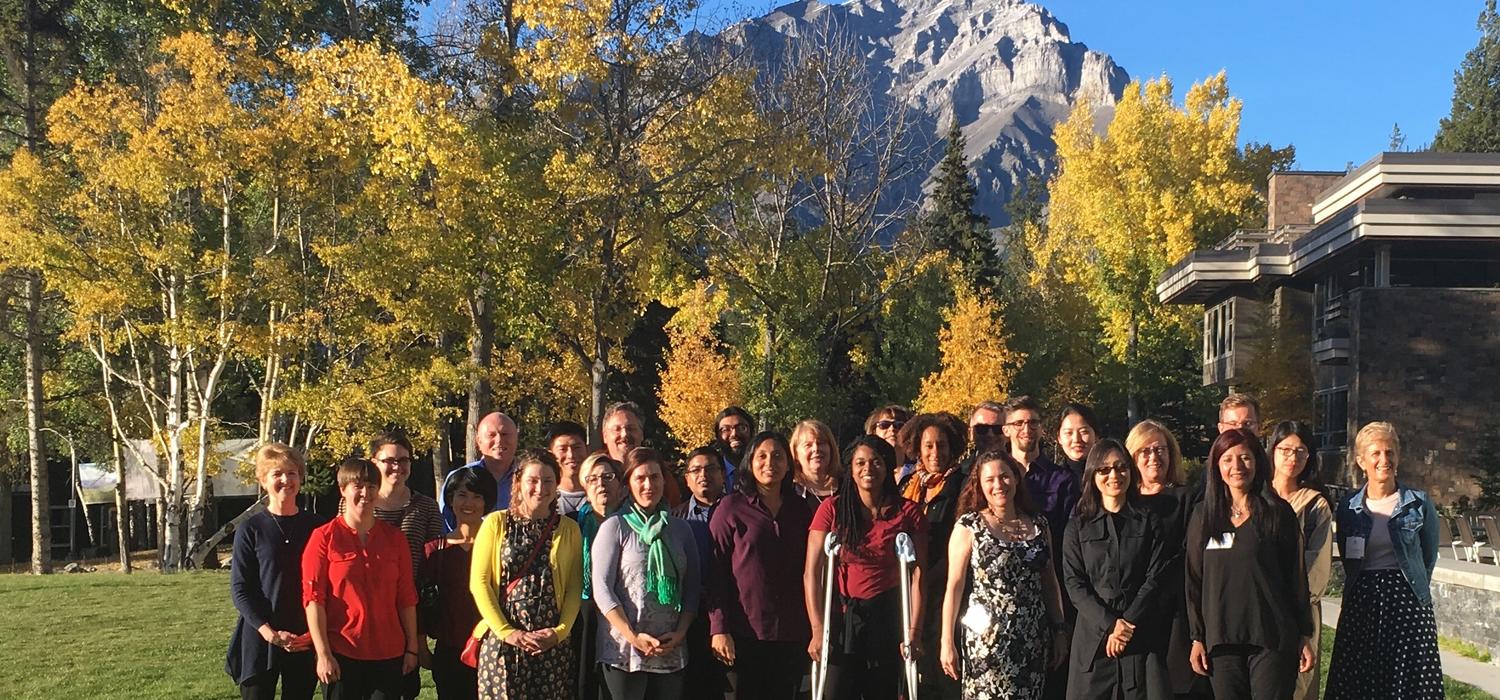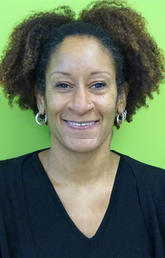Oct. 27, 2017
Bringing STEM into the spotlight

One of the biggest challenges when it comes to STEM education—the study of science, technology, engineering and mathematics—is to get everyone who specializes in these different areas in the same room at the same time.
Despite the fact that there are real interdisciplinary and natural connections between these subjects, and despite the fact that most everyone agrees they are at the core or what we learn throughout our lives, there aren’t a lot of formal organizations that build on the potential possibilities that collaboration would bring to all the subjects, and to STEM education as a whole.
That is, until now.
For the first time, a group of researchers from three countries has come together to begin the work of building an international network focused teaching and learning in the STEM subjects.
The inaugural meeting of the International Conference of STEM in Education, hosted by the University of Calgary, involved representatives from Australia’s Queensland Institute of Technology (QUT) and the University of Sydney; from China, Beijing Normal University (BNU) and Northeast Normal University, and Southwest University; and from Canada, the University of British Columbia and the University of Calgary.
The capstone event of the celebration was a symposium organized and chaired by Werklund associate professors Pratim Sengupta, Beaumie Kim and Marie-Claire Shanahan. The 25 researchers, graduate students and academics from the seven organizing Universities, as well as other institutions in the US and Canada, such as Simon Fraser University, Vanderbilt University, Utah State University, Brooklyn College, University of Montreal and University of Maryland – College Park began their program in Calgary celebrating the establishment of the International Society for STEM in Education (ISSE) and then attended the symposium titled “STEM as Critical Literacies” at the Banff Center, Banff, from Sep 27 – 30. Papers presented at the symposium will be published in the form of a book edited by the symposium chairs.
“ISSE represents coming together of some of the world’s leading universities of the future,” says Pratim Sengupta, symposium chair and Research Chair in STEM Education in the Werklund School of Education. “It also represents a commitment toward a fundamentally more hopeful world, in which STEM and STEM education will be public and empowering experiences for all citizens.”
“When we come together, we can take on challenges that affect us not only locally, but also globally--challenges that are not only timely, but taking them on can also brighten and embolden our future.”
“ISSE is a perfect example of a partnership that crosses academic disciplines, research and program areas, and across continents”, says Janaka Ruwanpura, Vice Provost International, “with a vision for global leadership in both the academy and the real world.”
Dennis Sumara, Dean of the Werklund School of Education highlighted some of the work already being done at UCalgary, citing collaborations with community partners such as TelusSPARK, Beakerhead and the National Music Centre.
“In the Werklund School of Education, we strive to work with these organizations and many others, as well as young people and teachers in developing new immersive environments accessible to everyone where they can for themselves and from each other about all the possibilities STEM education affords.”
The bi-annual ISSE conference will rotate among the three signatory countries, with the next sessions being held in Australia at QUT in October 2018.

